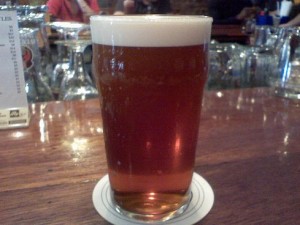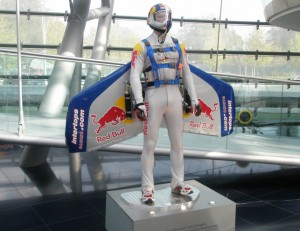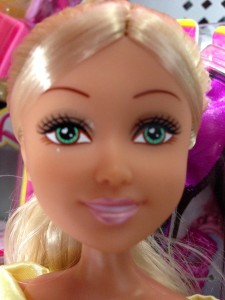
You’ve noticed, haven’t you?
Craft beer is on the rise.
Menus of new offerings are getting to be as involving as wine menus.
People are pouring over beer descriptions with the kind of intensity basketball fans devote to studying their March Madness brackets.
Watch for yourself … bar customers Google beer choices to see videos about how craft brews are made.
Provenance, varieties, ingredients, flavors, the nature of the hops, seasonal specialties … you name it, they’re interested.
With that interest a new model for beer products has emerged.
You have a stunning choice with the kind of drinkability that’s often richly merited.
We’re talking complex flavors and textures in everything from lagers to IPAs, porters and stouts.
There are undiscovered pleasures in the pint glass, so as they say in the UK, ‘get your laughing gear around that’.
The other day we visited a bar called Beer Study in a college town, Chapel Hill, North Carolina.
Our choice was ‘Siberian Night’, an 11.2% gulp of deliciousness.
In countless bars like this across the country craft brews are a cultural trend. A trend that must be creating headwinds for the big brewers.
One thing’s for sure, there’s a serious shortage of hops in this country as so many new companies are on the brewing bandwagon.
I used to think the best profession in the world was a light bulb salesman in Las Vegas. The ad writer, Dave Trott, pointed that out to me.
But now it could be a hops farmer; some have sold out their production for years to come at handsome prices.
Now, what about the big brewers?
The ones who produce what many describe as ‘ordinary stuff’; beer that can be thin and watery.
We know a structural expert for buildings who calls it under-engineered beer.
You don’t need an advanced commercial intelligence to wonder if execs from the big breweries are wide awake to the new beers. Are they going on tasting jaunts to understand the change that’s taking place?
More to that, we all know a boat usually rocks a bit when someone new steps on to it. So how is this affecting the giant brewing companies as new brewers enter the scene?
To answer that, start with a question … what’s empowering about staying the same?
As with beer, and all products, it’s too easy to set your focus on familiar thinking and the usual objectives.
It’s too comfortable to get accustomed to taking routes down the same paths in search of ideas and inspiration. You loose your compass that way.
Without some sort of move in the craft direction big brands risk being stuck in an eternal now.
Of course, you raise your game when the challenge is greatest, right? Let’s hope the huge brewers can respond.
But what complicates things for them is that with the turn to craft beers there’s a new interest in beer with food.
Microbreweries and restaurants go well together. Like wine, certain beers bring out the best in particular foods and it’s intriguing to experiment.
Craft beers cost more but customers don’t appear to be slow in opening their wallets.
Millennials may not be spending on cars, homes or costly holidays but there’s a fascination when it comes to sampling craft beers.
I think it was the famous English poet John Betjeman who described poetry as ‘language against which we have no defenses’.
I’m getting the feeling that in the beer category craft brews are developing the same power.
Why?
Because ‘thin, watery stuff’ isn’t exactly poetry.
Share with us. Tell us how you keep up with cultural trends. How do you ride those tends to connect with customers and prospects? Thanks, Steve Ulin


